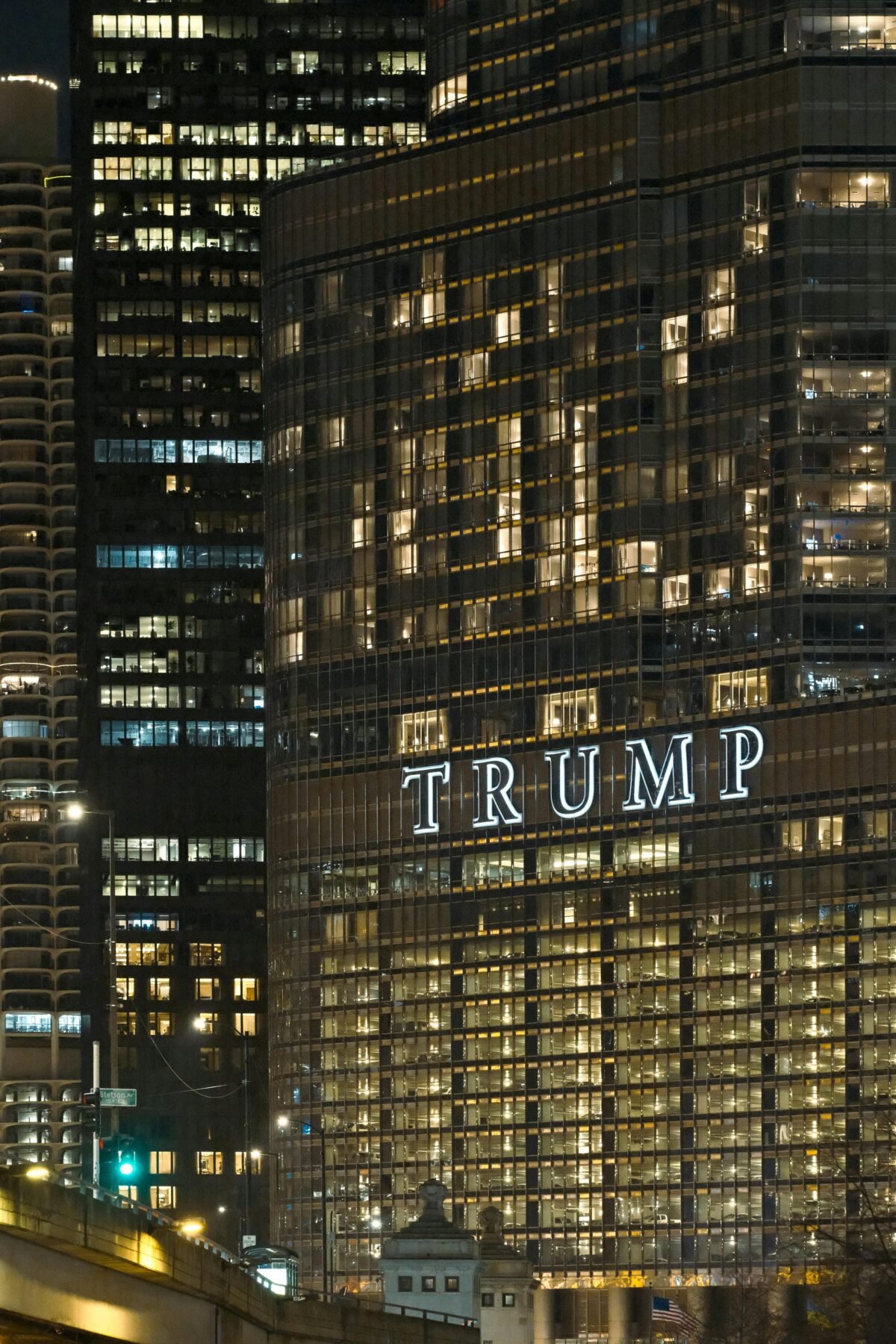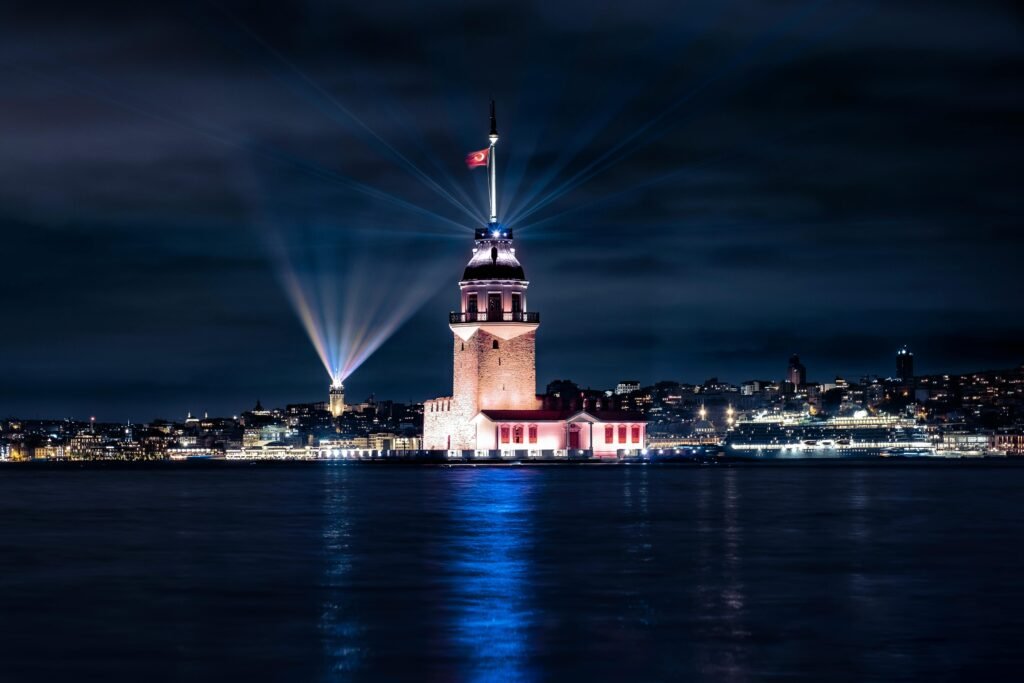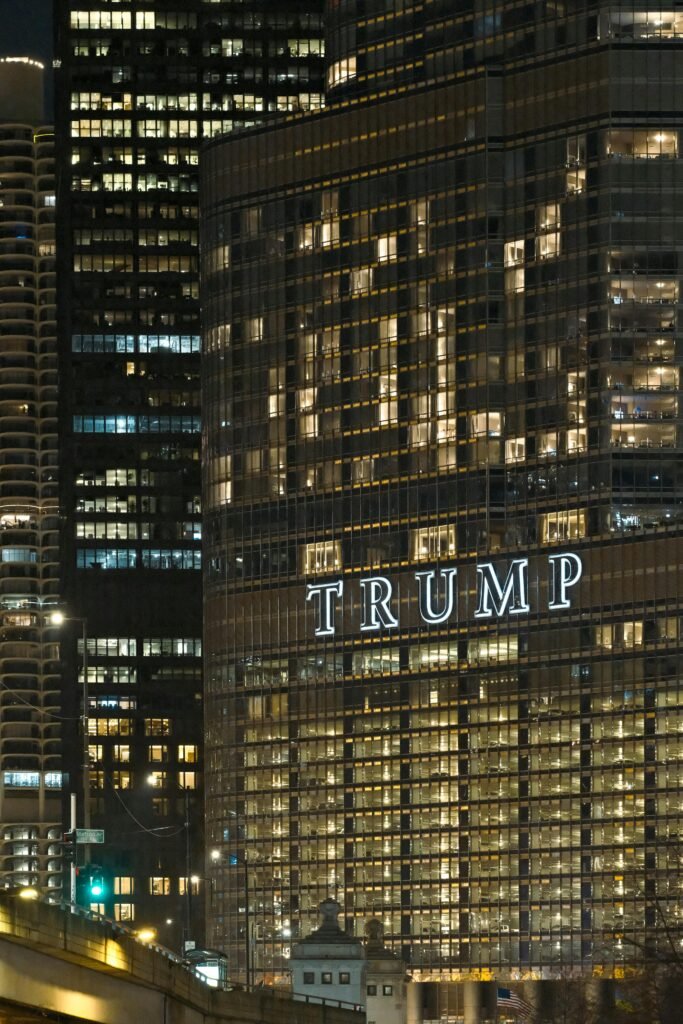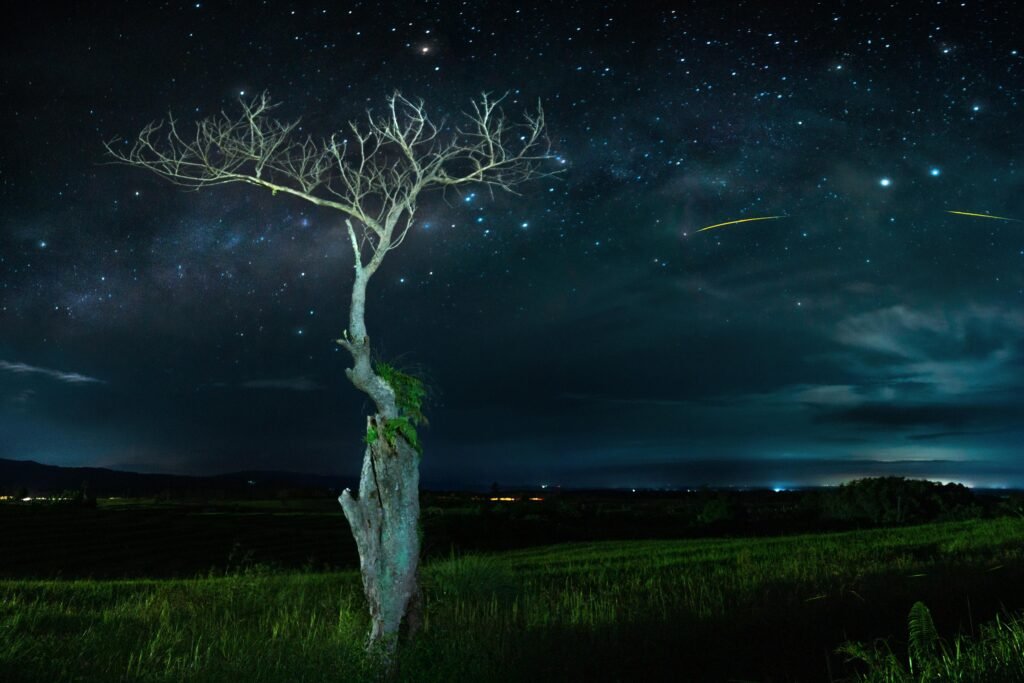Are you looking to enhance the beauty and functionality of your outdoor space with landscape lighting installation?
Whether you want to highlight your garden, improve safety around your property, or create a cozy ambiance for outdoor gatherings, landscape lighting can transform your outdoor living area. In this comprehensive guide, we will walk you through the steps to a successful landscape lighting installation project.

This image is property of images.unsplash.com.
Evaluating Your Outdoor Space
Before diving into the installation process, it’s essential to evaluate your outdoor space and determine your lighting needs. Take a walk around your property during the day and at night to identify key areas that could benefit from lighting. Make note of architectural features, pathways, plants, and outdoor living areas that you want to highlight or illuminate for safety.
Assessing your outdoor space will help you determine the number of fixtures, types of lighting, and placement locations needed for a well-lit and visually appealing landscape.
Types of Landscape Lighting Fixtures
There are various types of landscape lighting fixtures available to suit different applications and styles. Here are some common types of fixtures you can consider for your landscape lighting installation:
| Fixture Type | Description |
|---|---|
| Path Lights | Ideal for illuminating pathways, driveways, and garden borders |
| Spotlights | Used to highlight trees, shrubs, and architectural elements |
| Deck Lights | Mounted on decks, stairs, or railings to provide subtle lighting |
| Floodlights | Provide broad, bright light for large areas or walls |
| Well Lights | Installed flush with the ground to uplight trees or buildings |
| String Lights | Suitable for creating a festive atmosphere in outdoor spaces |
Selecting the right combination of fixtures will depend on your lighting goals and the features you want to accentuate in your outdoor space.

This image is property of images.unsplash.com.
Understanding Lighting Techniques
To achieve the desired lighting effects in your outdoor area, it’s crucial to understand various lighting techniques commonly used in landscape lighting design. Here are some techniques you can incorporate into your installation:
Up Lighting
Up lighting involves placing fixtures at the base of trees, sculptures, or architectural elements to project light upwards. This technique creates a dramatic effect by highlighting the vertical features of your outdoor space.
Down Lighting
Down lighting fixtures are mounted above the ground to direct light downwards. This technique is ideal for illuminating pathways, decks, and outdoor seating areas while minimizing glare and shadows.
Silhouetting
Silhouetting involves placing a light source behind a focal point, such as a tree or statue, to create a striking silhouette effect. This technique adds depth and visual interest to your landscape by outlining the object’s shape against a bright background.
Moonlighting
Moonlighting replicates the natural glow of moonlight by installing fixtures high in trees to cast gentle, dappled light on the ground below. This technique creates a soft, ambient lighting effect that mimics the beauty of a moonlit night.
Grazing
Grazing involves positioning fixtures close to a textured surface, such as a stone wall or facade, to accentuate its texture and create visual interest. This technique enhances the architectural features of your outdoor space and adds depth to the overall lighting design.
Planning Your Lighting Layout
Once you have assessed your outdoor space, selected the appropriate fixtures, and familiarized yourself with lighting techniques, it’s time to plan your lighting layout. Consider the following factors when designing your landscape lighting installation:
- Functionality: Determine how you will use each outdoor area and what activities will take place there. Choose lighting fixtures that enhance safety, security, and usability of the space.
- Aesthetics: Think about the visual impact you want to create with your lighting design. Consider highlighting focal points, creating focal points, or establishing a cohesive theme throughout your outdoor space.
- Energy Efficiency: Opt for LED fixtures, timers, dimmers, or motion sensors to save energy and reduce electricity costs. LED lights are long-lasting, durable, and environmentally friendly options for landscape lighting.
By carefully planning your lighting layout, you can achieve a harmonious balance between functionality and aesthetics in your outdoor space.

This image is property of images.unsplash.com.
Installation Steps
Now that you have a solid plan in place, it’s time to begin the installation process. Follow these step-by-step instructions to ensure a successful landscape lighting installation:
Step 1: Gather Materials and Tools
Before starting the installation, gather all the necessary materials and tools you will need for the project. Here are some common items you may require:
- Lighting fixtures
- Low-voltage electrical cable
- Transformer
- Connectors
- Timer or control system
- Shovel
- Wire strippers
- Cable cutter
- Hammer
- Screwdriver
- Tape measure
Having all the materials and tools on hand will streamline the installation process and prevent delays.
Step 2: Plan Fixture Placement
Using the layout plan you created earlier, mark the locations where you want to install your lighting fixtures. Consider the distance between fixtures, angle of illumination, and visibility from different vantage points to ensure optimal lighting effects.
Step 3: Install Fixtures
Begin by installing path lights along walkways or driveways, spotlights to highlight trees or architectural features, and any other fixtures according to your layout plan. Make sure to bury the fixtures securely in the ground and adjust the direction of light as needed.
Step 4: Connect Wiring
Lay the low-voltage electrical cable along the planned lighting path, making sure to bury it at the correct depth to prevent damage. Connect the cable to each fixture using waterproof connectors and follow manufacturer instructions for wiring and connections.
Step 5: Install Transformer
Mount the transformer in a dry, well-ventilated location and connect it to an outdoor electrical outlet. Make sure the transformer is properly grounded for safety and follow manufacturer guidelines for voltage settings and capacity.
Step 6: Test the System
Once all fixtures are installed and connected, test the system to ensure proper functionality. Turn on the power supply and check each fixture for brightness, color, and alignment. Make any necessary adjustments to achieve the desired lighting effects.
Step 7: Fine-Tune the Design
Walk around your outdoor space at night to assess the lighting design and make any final adjustments as needed. Experiment with different lighting angles, intensities, and positions to create the perfect ambiance for your outdoor living area.
Maintenance and Troubleshooting Tips
To keep your landscape lighting system running smoothly and looking its best, follow these maintenance and troubleshooting tips:
- Regularly clean fixtures and lenses to remove dirt, debris, and corrosion buildup
- Trim overgrown vegetation that may block or obscure light from reaching fixtures
- Check connections, cables, and transformer for any signs of wear, damage, or loose connections
- Test the system periodically to ensure all fixtures are functioning correctly and replace any faulty bulbs or fixtures promptly
By following these maintenance guidelines, you can prolong the life of your landscape lighting system and enjoy its benefits for years to come.
Conclusion
Congratulations on completing your landscape lighting installation project! By evaluating your outdoor space, selecting the right fixtures, planning your lighting layout, and following the installation steps outlined in this guide, you have successfully transformed your outdoor space into a well-lit and inviting environment.
Remember to experiment with different lighting techniques, angles, and effects to create a customized lighting design that suits your aesthetic preferences and functional needs. With proper maintenance and care, your landscape lighting system will continue to enhance the beauty and functionality of your outdoor space for years to come. Enjoy your new illuminated outdoor oasis!




